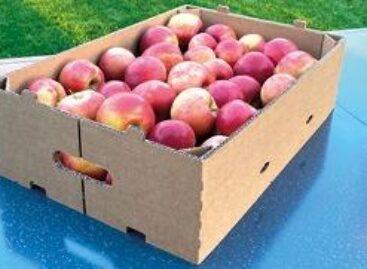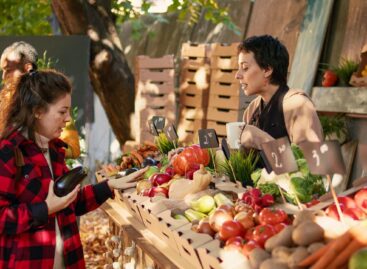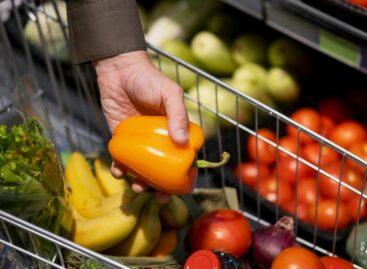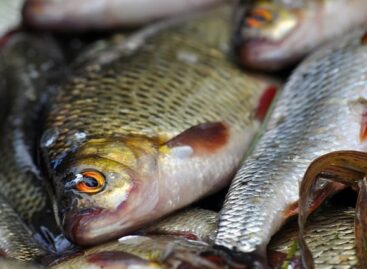Let’s curb vegetable loss – post-harvest innovations
Fruit and vegetables are a cornerstone of the human diet, but they are quite perishable because of their high water content and they suffer rapid depreciation after harvest.

Guest writer:
Dr. Erzsébet Némedi
biotechnologist and food engineer
This article is available for reading in Trade magazin 2025/5.
These losses can have an effect on economic returns – in addition to the lack of food security and wasting resources. The development of post-harvest technologies offers solutions to these problems.
It can go wrong from the start!
During the harvest of fruit and vegetables, the goal is to preserve quality and minimise losses. A lot depends on sensor-based automated harvesting machines, because even small damage to the crop can shorten the shelf life. There is already non-invasive – non-destructive – technology available that can determine the ripeness, sugar content, texture and firmness of the fruit. One such technology is the so-called Near-infrared Spectroscopy (NIRS). When we have picked the fruit and vegetables, high-speed automated systems supported by AI, machine vision and powerful robotics technology sort the produce by size, shape and colour to detect under-ripe or diseased produce. For cleaning innovative techniques such as ultrasonic treatment with high-frequency sound waves or ozone-based disinfection to remove chemical residues are used.
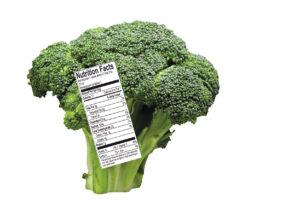
Scientific discoveries and practical developments combine to ensure optimal storage conditions for a variety of fresh produce.
Storage challenges and solutions
New storage technologies have dramatically transformed the concept of storing fresh fruit and vegetables, prolonging their freshness, nutritional value and commercial appeal. Scientific discoveries and practical developments combine to ensure optimal storage conditions. Besides setting the right temperature and humidity for storage, several new and innovative solutions already exist. There are ways of adjusting the carbon dioxide and oxygen ratios in the atmosphere, controlling ethylene and by this slowing down the spoilage of fruit and vegetables and reducing the activity of spoilage microorganisms. More and more modern storage facilities are equipped with a network of measuring equipment (IoT), which makes the monitoring of critical environmental parameters possible.
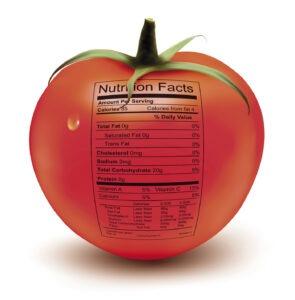
The specific needs of different post-harvest products can also be tracked using modular systems, especially where vegetables and fruits with diverse needs and characteristics are in stock
New ideas for the future
In many cases the future of storage technologies forms part of the future of packaging innovation. Several technologies are expected to emerge that aren’t yet used widely and it can’t be told whether they will bring as many benefits as they cost. Nanotechnology could bring formative solutions for the storage and preservation of vegetables, such as the use of nanocoating to act as moisture barriers but also to prevent microbial contamination. Another interesting development is cryopreservation: storing fruit and vegetables at ultra-low temperatures, which has been made much more efficient by so-called vitrification – sudden cooling by dipping in liquid nitrogen, after some kind of antifreeze treatment.

Progress in post-harvest handling and storage of fruits and vegetables has significantly reduced losses, improved quality and ensured food safety
Smart packaging
In addition to the rapidly developing degradable packaging designs, the time has come for innovative packaging materials: antimicrobial and antioxidant agents are impregnated into these materials, by this slowing down the deterioration of packaged products. Various sensor solutions are also more common, where sensors embedded in the packaging material to provide information on the condition of the product. Features such as freshness indicators, temperature trackers and spoilage alerts improve supply chain visibility. Progress in the post-harvest handling and storage of fruit and vegetables has significantly reduced losses, improved quality and ensured food safety. However, further research is needed to improve the accessibility and the affordability of these innovations worldwide. //
Related news
New, sustainable corrugated board box from Dunapack – a modern solution for fruit and vegetable packaging
🎧 Hallgasd a cikket: Lejátszás Szünet Folytatás Leállítás Nyelv: Auto…
Read more >Hidden imports in the European food chain – how is the EU internal market changing?
🎧 Hallgasd a cikket: Lejátszás Szünet Folytatás Leállítás Nyelv: Auto…
Read more >Belarusian price ceiling for vegetables and fruits, with centralized winter storage
🎧 Hallgasd a cikket: Lejátszás Szünet Folytatás Leállítás Nyelv: Auto…
Read more >Related news
(HU) Kautzky Szemők Adrienn: Vigyázzunk a sarlatánokkal
🎧 Hallgasd a cikket: Lejátszás Szünet Folytatás Leállítás Nyelv: Auto…
Read more >The Hortobágy fish farm delivers one hundred tons of fish to stores every day
🎧 Hallgasd a cikket: Lejátszás Szünet Folytatás Leállítás Nyelv: Auto…
Read more >(HU) A nap mondása
🎧 Hallgasd a cikket: Lejátszás Szünet Folytatás Leállítás Nyelv: Auto…
Read more >
